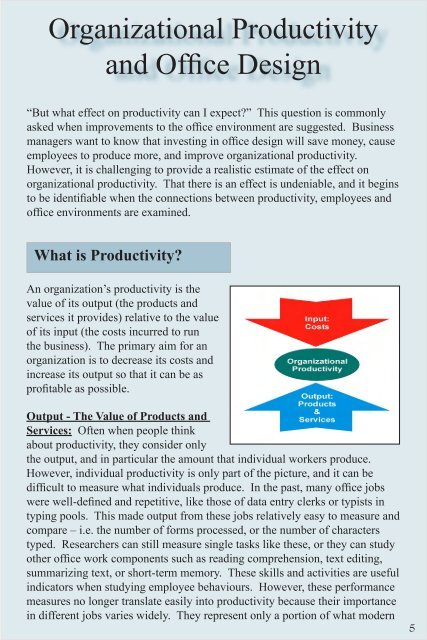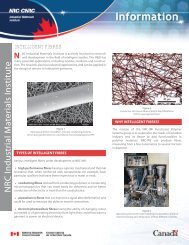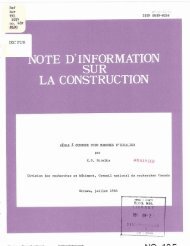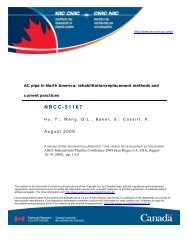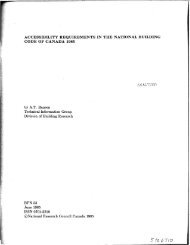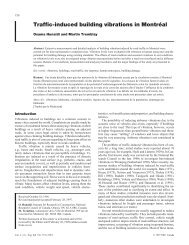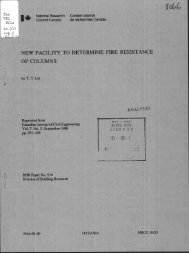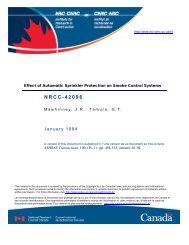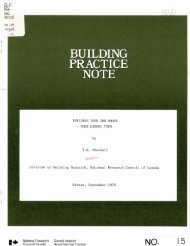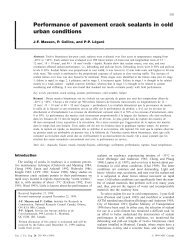Workstation design for organizational productivity - National ...
Workstation design for organizational productivity - National ...
Workstation design for organizational productivity - National ...
You also want an ePaper? Increase the reach of your titles
YUMPU automatically turns print PDFs into web optimized ePapers that Google loves.
Organizational Productivityand Office Design“But what effect on <strong>productivity</strong> can I expect?” This question is commonlyasked when improvements to the office environment are suggested. Businessmanagers want to know that investing in office <strong>design</strong> will save money, causeemployees to produce more, and improve <strong>organizational</strong> <strong>productivity</strong>.However, it is challenging to provide a realistic estimate of the effect on<strong>organizational</strong> <strong>productivity</strong>. That there is an effect is undeniable, and it beginsto be identifiable when the connections between <strong>productivity</strong>, employees andoffice environments are examined.What is Productivity?An organization’s <strong>productivity</strong> is thevalue of its output (the products andservices it provides) relative to the valueof its input (the costs incurred to runthe business). The primary aim <strong>for</strong> anorganization is to decrease its costs andincrease its output so that it can be asprofitable as possible.Output - The Value of Products andServices: Often when people thinkabout <strong>productivity</strong>, they consider onlythe output, and in particular the amount that individual workers produce.However, individual <strong>productivity</strong> is only part of the picture, and it can bedifficult to measure what individuals produce. In the past, many office jobswere well-defined and repetitive, like those of data entry clerks or typists intyping pools. This made output from these jobs relatively easy to measure andcompare – i.e. the number of <strong>for</strong>ms processed, or the number of characterstyped. Researchers can still measure single tasks like these, or they can studyother office work components such as reading comprehension, text editing,summarizing text, or short-term memory. These skills and activities are usefulindicators when studying employee behaviours. However, these per<strong>for</strong>mancemeasures no longer translate easily into <strong>productivity</strong> because their importancein different jobs varies widely. They represent only a portion of what modern5


